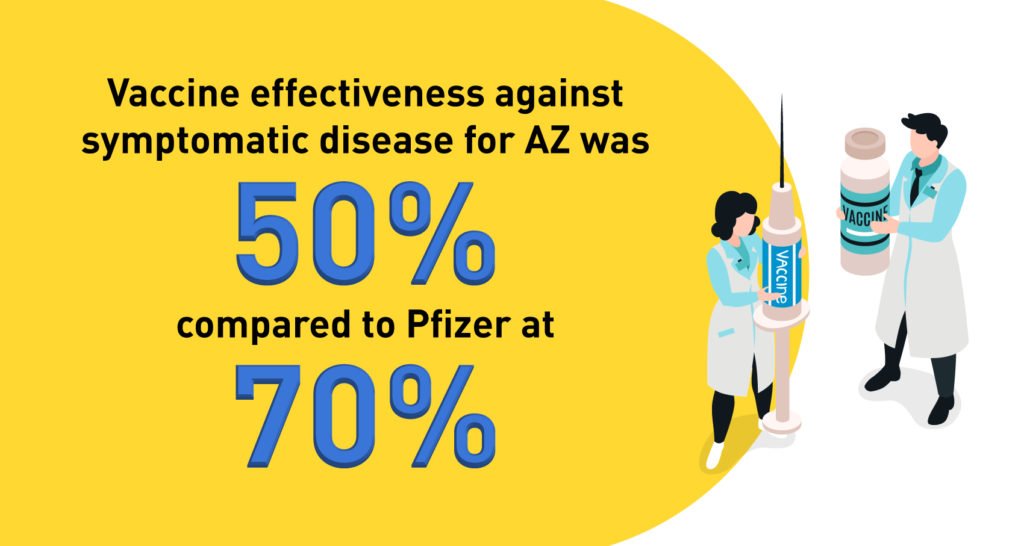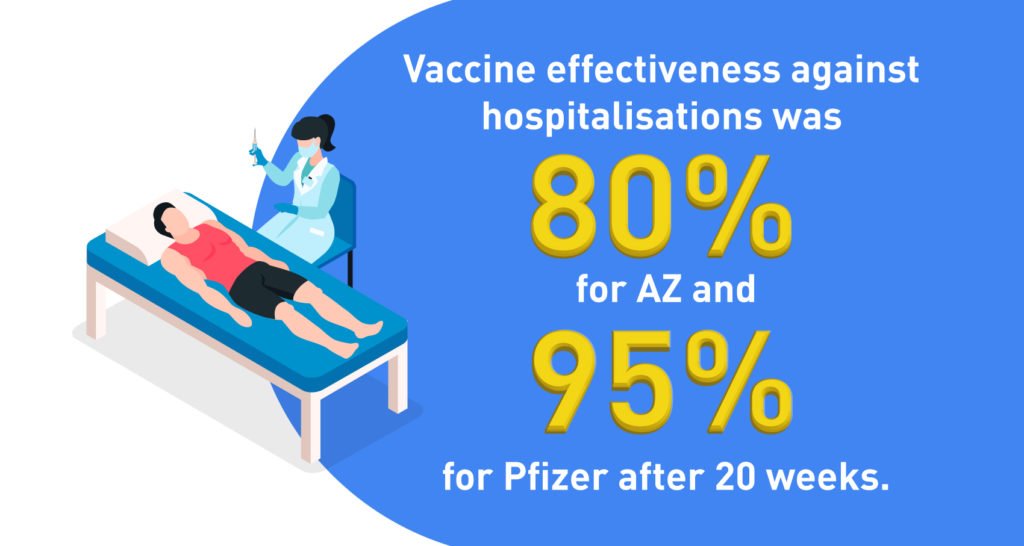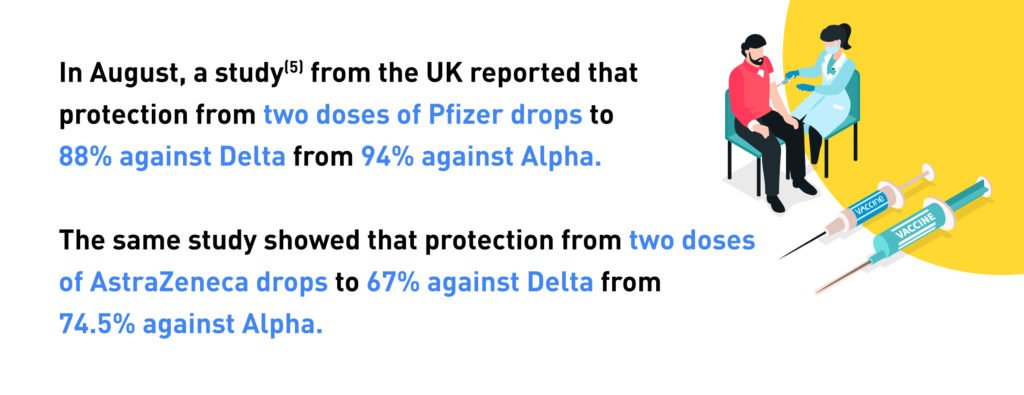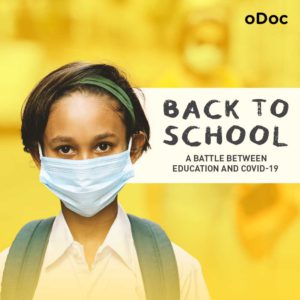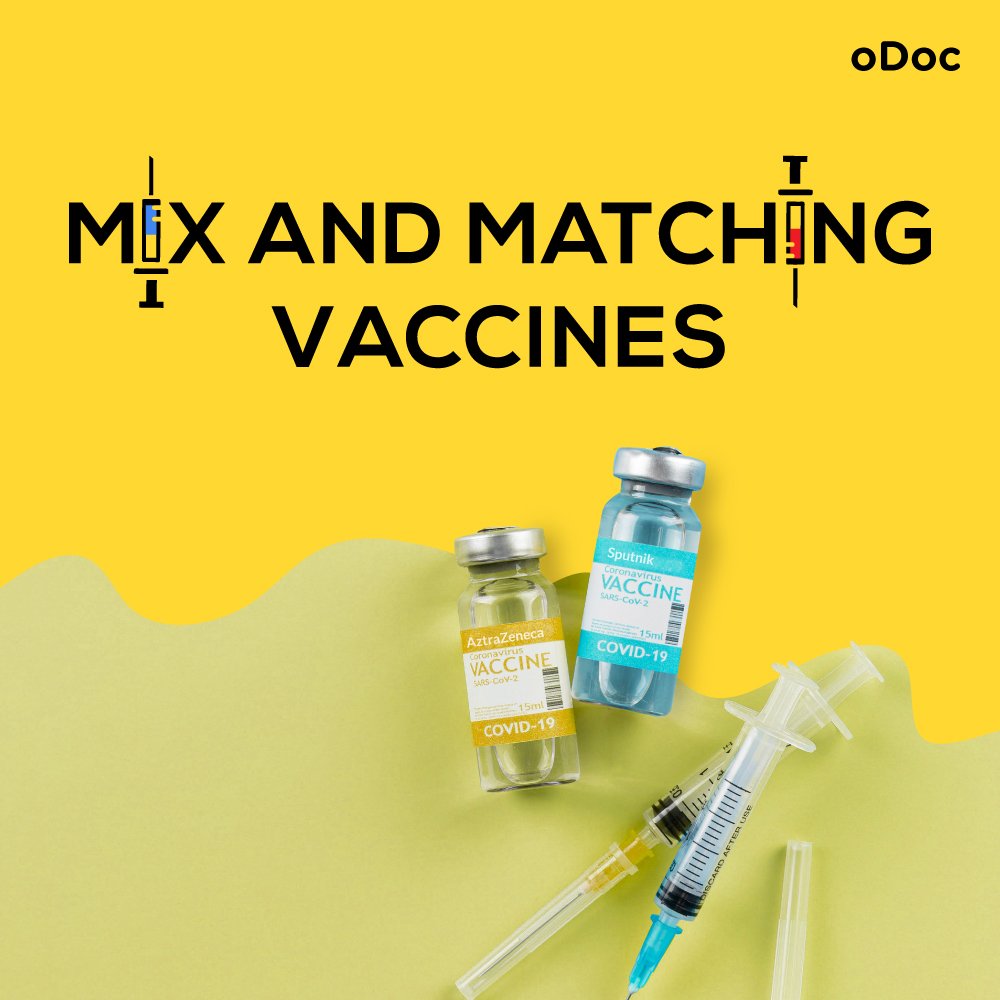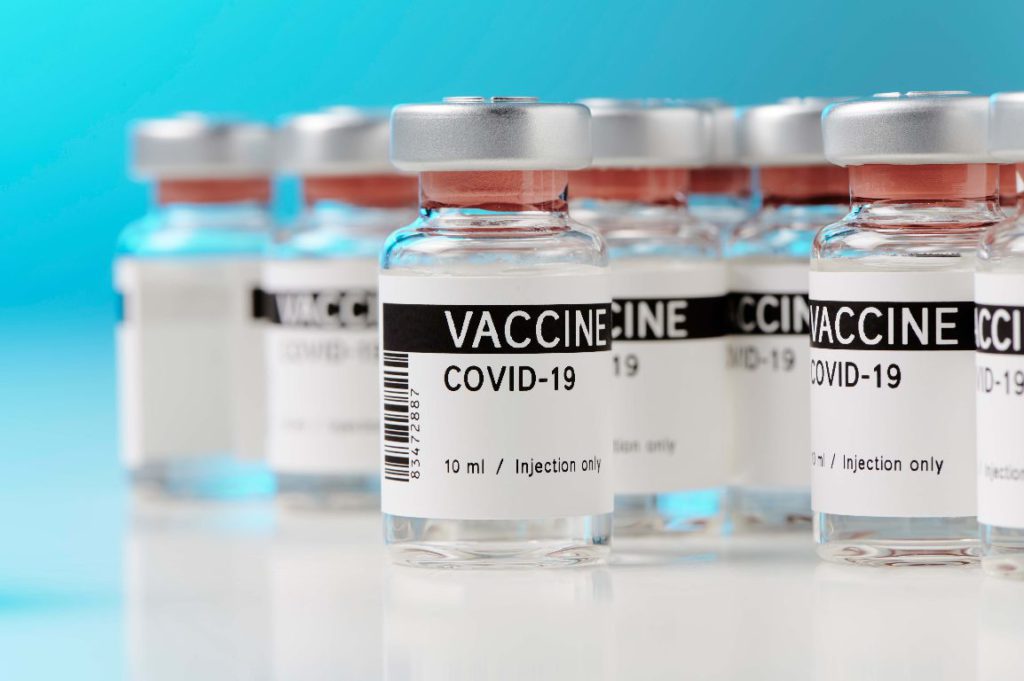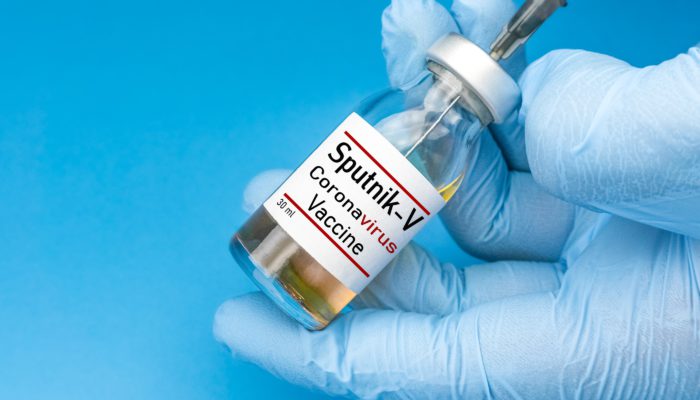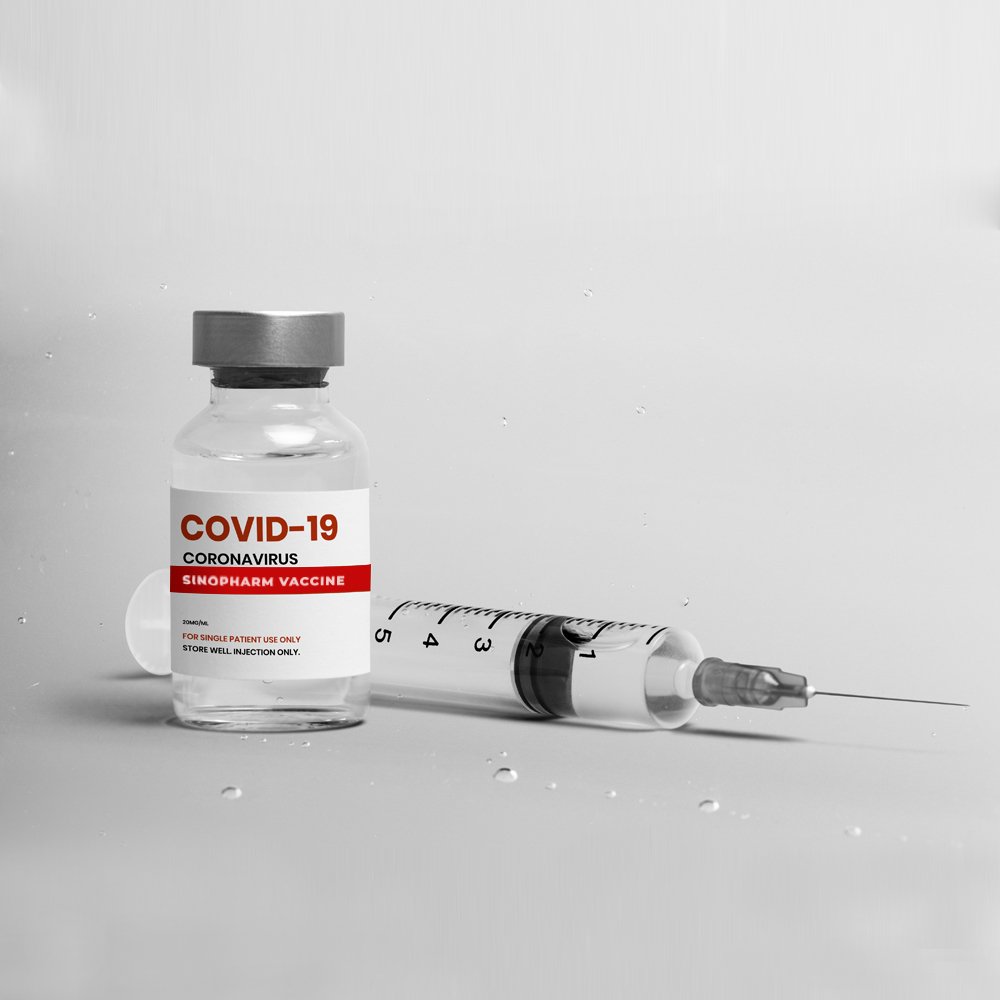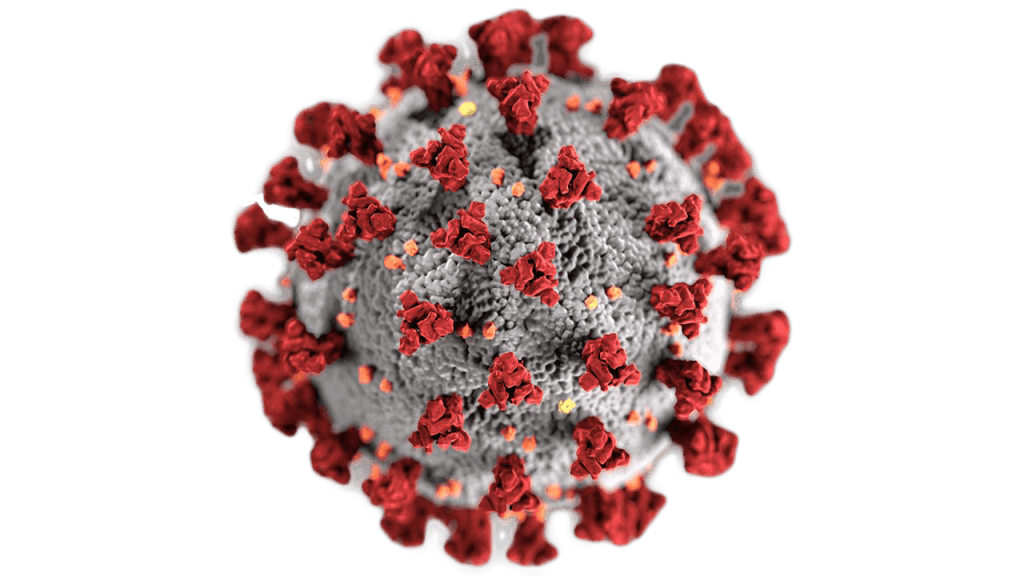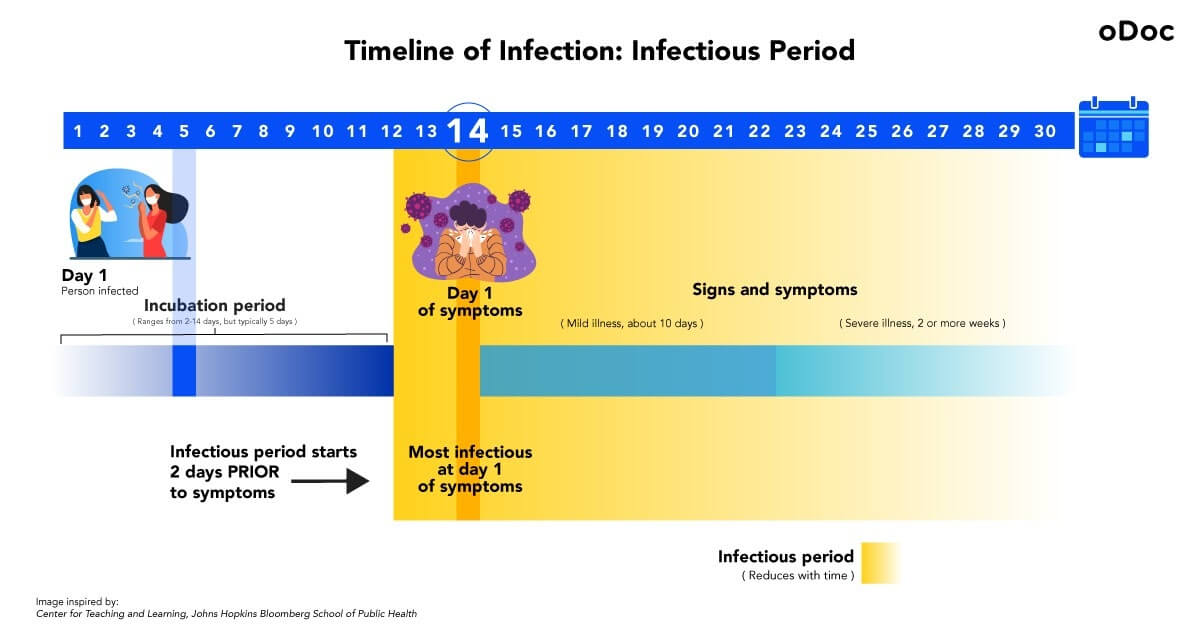A Future Without Antibiotics
You are walking on the street, minding your own business, when suddenly you feel a piercing pain in your foot. You look at the sole of your slipper to realise you’ve stepped on a rusty nail. You hobble to a nearby bench and slowly remove the nail from your slipper. Then you take off your slipper to see that there’s a puncture wound in your foot and it’s bleeding, but it’s not too bad, you figure you can get home so you put your slipper back on and hobble home.
Once you get home, you clean the wound with antiseptic. You call your doctor on oDoc and are advised to take a course of antibiotics and to air out the wound. In a few days, the wound has healed and your back on your feet again.
But what if there were no antibiotics? What if it were 1850?
The bacteria on the nail would have entered the wound. Your immune cells would have waged a courageous battle. The bacteria would have proliferated and entered into your bloodstream and if unlucky enough, it would have led to sepsis, organ failure and death.
Before antibiotics
Before 1926, 90% of children with bacterial meningitis died(1). Diseases like tuberculosis, pneumonia or even ear infections were left unchecked and resulted in severe lasting damage or death. During wartime, injuries incurred during battles would often lead to debilitating illnesses, severe side effects, amputations and death.
Discovery of antibiotics
The discovery of penicillin by Alexander Fleming in 1928 led to a revolution in medicine and peoples’ quality of life. A simple ear infection would remain an ear infection instead of spreading to the brain. People would recover faster and were now able to live longer. The future arrived.
The evolution of bacteria
In the last ca. 100 years, with every cough or fever no longer requiring us to battle for our lives, we’ve been able to build industries and advance technologies. Countries like Sri Lanka have been able to harness the combined power of antibiotics, clean water and infrastructure development to pull people up from under the poverty line.
During this time, bacteria haven’t sat idle. For millions of years, bacteria have thrived via evolution. Whatever environment they find themselves in, whatever enemy they find themselves battling, those that survive, evolve to benefit future generations. And unlike us humans, future generations occur every 30 seconds.
Let’s go back to the puncture wound you suffered during your stroll. The doctor prescribes you a course of antibiotics for five days. When you begin to take the antibiotics, they wreak havoc on the bacterial cells – preventing them from multiplying and destroying their cell walls. Most of the bacteria begin to die and you start to feel better. But regardless, you continue to take antibiotics for the full five days and wipe out all the bacteria. Success!
Antibiotic resistance
However, by the 1950s, doctors began to note that penicillin was not able to control bacterial infections as well as it had done a decade or two earlier. Bacteria seem to not be as susceptible as they once were. How could that happen?
Rewinding back to when you felt better three days after starting the course of antibiotics. What if instead of continuing on, you decided to stop the antibiotics and go back to living your best life? What will happen inside your body?
Though enough bacteria were destroyed by the antibiotics so you no longer feel sick, there remained a few stragglers hanging about assessing the damage. Those stragglers take note of the artillery used by the antibiotics and when they reproduce, they mutate ever so slightly so the next generation will have some protection from that specific artillery. All bacteria care about is survival.
Replicating this millions of times around the world and combining it with the age old adage “survival of the fittest”, we encounter antibiotic resistance. Bacteria that are no longer affected by the ammunition we throw at them.
Anything that exposes the bacteria to a said antibiotic and still allows it to survive would contribute to antibiotic resistance. Some real world examples(2):
- Over-prescription of antibiotics: too much antibiotics for too many diseases that don’t require antibiotic prescriptions.
- Unregulated prescriptions: being able to purchase antibiotics over the counter means people will self-medicate and overuse antibiotics without medical guidance
- Inappropriate prescriptions: antibiotics have been prescribed for viral or fungal diseases where antibiotics play no role.
- Agricultural use: to ensure a continuous food supply and meet demand, animal farmers inject antibiotics into animal feed. This brings extra antibiotics into the human food chain.
No more antibiotics
Over the last 50 years, drug companies were able to develop new antibiotics to counteract the resistance that was being developed towards older antibiotics. However, the pipelines are now drying up due to insufficient funding. Of 18 major pharma companies, 14 no longer work in developing antibiotics.
Without antibiotics, we are hindered in our ability to fight diseases we no longer consider fatal. As per the WHO, “When infections can no longer be treated by first-line antibiotics, more expensive medicines must be used. A longer duration of illness and treatment, often in hospitals, increases health care costs as well as the economic burden on families and societies. Antibiotic resistance is putting the achievements of modern medicine at risk. Organ transplantations, chemotherapy and surgeries such as caesarean sections become much more dangerous without effective antibiotics for the prevention and treatment of infections.”(3)
It’s imperative that we all play our part in preventing a return to the dark ages.
How can we prevent antibiotic resistance?
- Only use antibiotics when prescribed by a doctor
- Always complete your course of antibiotics regardless of how you feel
- Never share or use leftover antibiotics
- Never demand antibiotics from your doctor
- Consume organic where possible
If you’d like to discuss how antibiotic resistance may be affecting you or your loved one with a doctor, download oDoc today!
Sources
- The History of Antibiotics, Healthychildren.org
- Ventola, C., (2015)., The Antibiotic Resistance Crisis., Pharmacy & Therapeutics., 40:277-283
- Antibiotic Resistance , WHO
Similar Articles...

Let’s talk flu, its prevention and home remedies.
Boo-ger season is here! Let’s begin by defining flu (short term for influenza) because it’s usually misunderstood as fever or cold. Flu is a common

Menopause Brain Fog is real: A Simple Guide with Symptoms and Treatment
Menopause Brain Fog is real: A Simple Guide with Symptoms and Treatment Women in their 40s and 50s who are just entering the end of

How to Keep Work Stress from Taking Over Your Life
How to Keep Work Stress from Taking Over Your Life In today’s fast-paced and competitive world, work stress has become an all-too-common problem that affects


